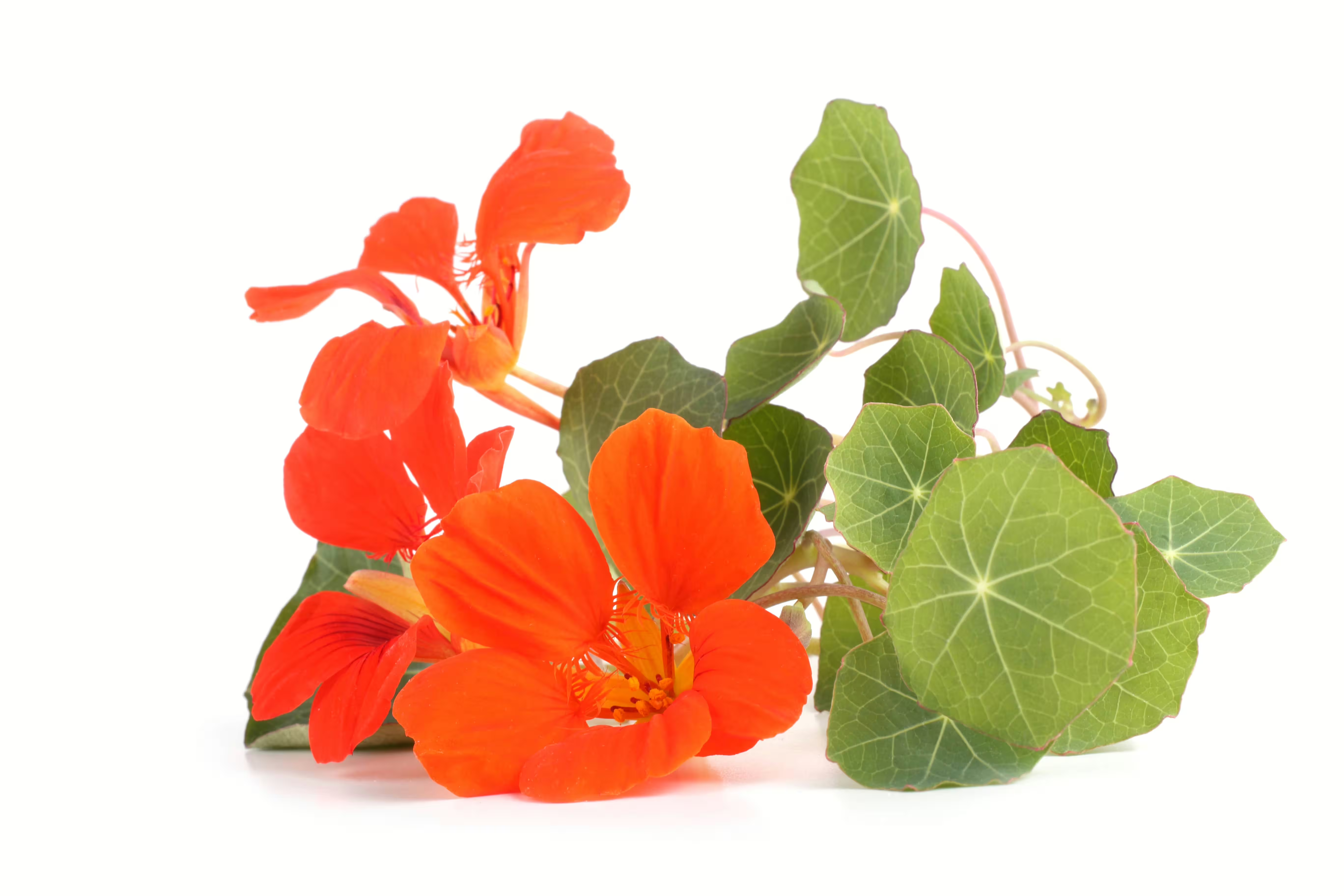Capucine is a plant known for its colorful flowers and edible leaves. Capucine has a slightly spicy taste and is often used in salads, smoothies and infusions. Its leaves are rich in vitamin C, iron and calcium, and are also an important source of dietary fiber. Its flowers are edible and can be used to decorate dishes.
